As a certified foodie, you can always find me hogging on food – especially chaat and Italian food (yum). No one can go hungry when they’re with me, thanks to the numerous dabbas I carry everyday. When I searched for cuisines online, I was surprised to find tons of cuisines I’d never even heard of. As I started reading about them, I started having major hunger pangs (*snacks on some vada pav).
Here are some exotic cuisines that you should definitely know about, if you’re a foodie:
1. Cajun Cuisine
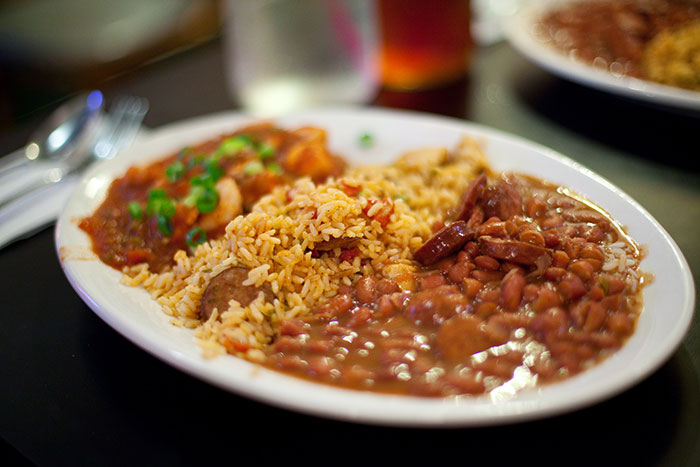
Cajun cuisine originates from the refugees who were deported by the British from Acadia to the Acadiana region of Louisiana. The new French-speaking people would cook whatever food was fresh. Cajun food consists of seafood (like oysters, crabs and crawfish), rice and pulses, mixed with vegetables and spices.
An authentic Cajun meal is usually a three-pot affair, with one pot dedicated to the main dish, one dedicated to steamed rice, special made sausages, or some seafood dish, and the third containing whatever vegetable is plentiful or available. Shrimp and pork sausage are staple meats used in a variety of dishes.
THE TOP CAJUN DISHES ARE BOUDIN, GUMBO AND JAMBALAYA.
2. Soul food
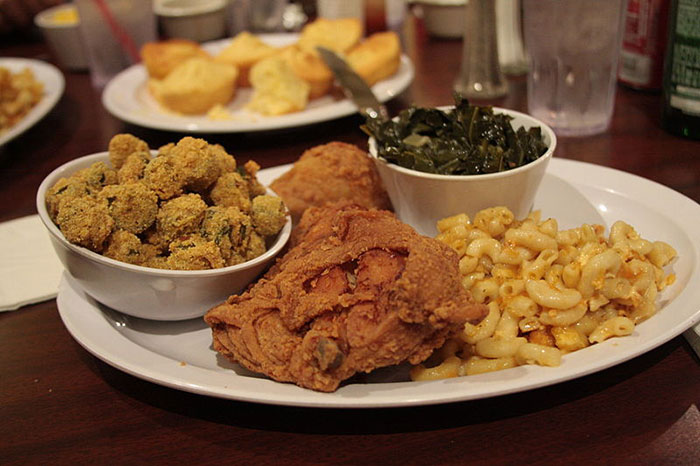
The origin of soul food can be traced back to Africa. Foods such as okra, rice, and sorghum — all common elements of West African cuisine — were introduced to the Americas as a result of the trans-Atlantic slave trade. They became dietary staples among enslaved Africans.
The term may have originated in the mid-1960s, when soul was a common word used to describe African-American culture (for example, soul music). The food closely resembles the cuisine of the Southern United States. Traditionally-prepared soul foods tend to be very high in starch, fat, sodium, cholesterol, and calories.
THE TRADITIONAL SOUL FOOD DINNER CONSISTS OF FRIED CHICKEN WITH MACARONI AND CHEESE, COLLARD GREENS, BREADED FRIED OKRA AND CORN BREAD.
3. Horn African cuisine
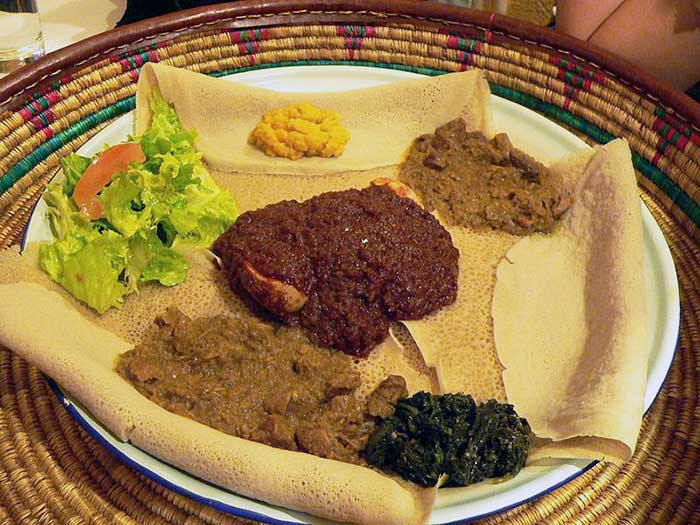
Horn African cuisine is a cuisine from the Horn of Africa. It is an infusion of sweet and hot spices, the most notable is a spice blend known as berbere. Chickpeas, onions, traditional butter or ghee, teff flour, fenugreek, cumin and paprika are popular ingredients.
At mealtimes, it is a custom to have one dish shared among several people and is often eaten by hand. Meals consist of thick and spicy stews known as wats in Ethiopia or Tsebhi’s in Eritrea, all served on top of a traditional flat bread called injera.
SOME POPULAR DISHES FROM HORN AFRICAN CUISINE ARE DORO WAT, MESIR WAT, BERBERE SPICE BLEND, SHAKSHOUKA AND INJERA.
4. Rainbow cuisine
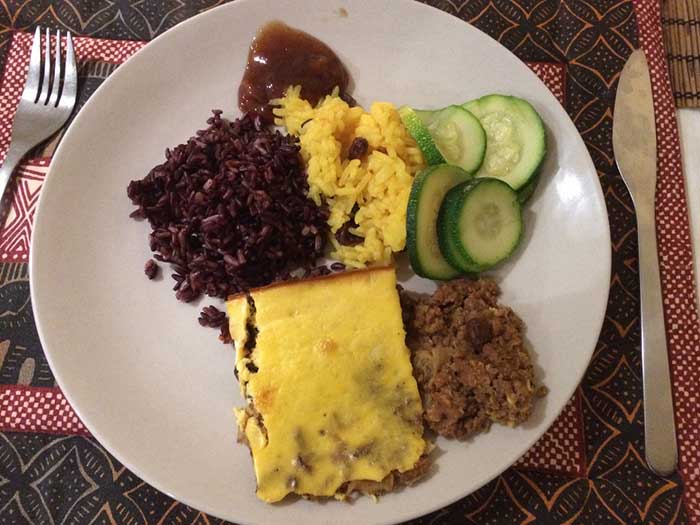
South African cuisine is sometimes referred to as “rainbow cuisine” because it is based on multicultural and various indigenous cuisines. Curried dishes are popular with lemon juice in South Africa among people of all ethnic origins.
Rainbow cuisine can be defined as cookery practiced by indigenous people of South Africa such as the Khoisan and Xhosa, Zulu and Sotho-speaking people, and settler cookery that emerged from several waves of immigration introduced during the colonial period by people of Indian and Afrikaner and British descent and their slaves and servants.
THE MOST COMMON DISHES ARE BOBOTIE, TOMATO BREDIE, SOUTH AFRICAN MELKERT AND BEEF CURRY SOUP.
5. Ivorian cuisine
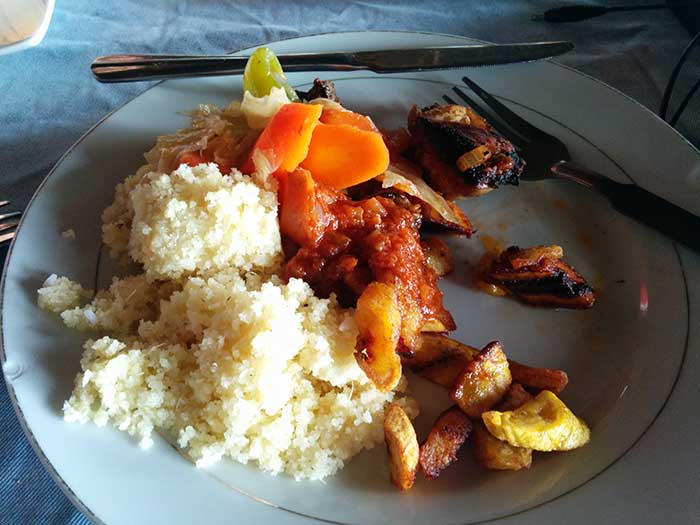
Ivorian cuisine is the traditional cuisine of Côte d’Ivoire, or the Ivory Coast, and is based on tubers, grains, chicken, seafood, fish, fresh fruits, vegetables and spices and is very similar to that of neighboring countries in west Africa. Common staple foods include grains and tubers.
Cassava (tuber) and plantains are significant parts of Ivorian cuisine. A corn paste called “aitiu” is used to prepare corn balls, and peanuts are widely used in dishes. Attiéké is a popular side dish in Côte d’Ivoire made with grated cassava and is very similar in taste and consistency to couscous.
Maafe, Kedjenou, Foutou and Bangui (beverage) are some popular dishes of Ivorian cuisine.
6. Salvadoran cuisine
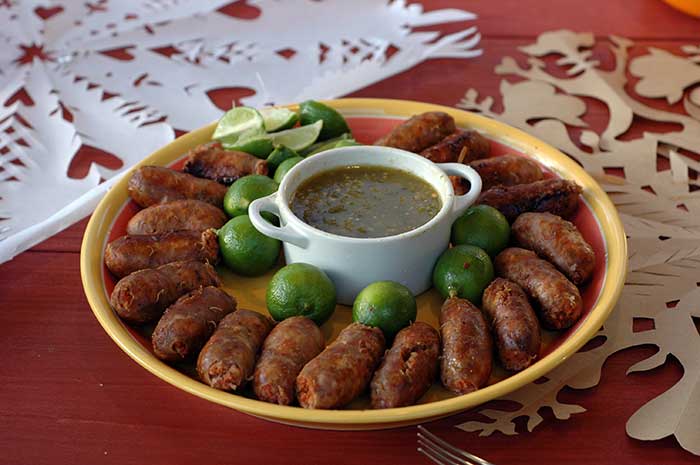
Salvadoran cuisine is a style of cooking derived from the nation of El Salvador. The traditional cuisine consists of food from Native American cuisine, indigenous Lenca, Maya, Pipil and European Spanish peoples. Many of the dishes are made with maize (corn).
El Salvador is known for different types of tamales, which are usually wrapped in plantain leaves. Soups and salads are popular among Salvadorans of every social level. Sopa de pata is a soup made from the tripe of a cow, plantain, corn, tomatoes, cabbage and spices, locally a delicacy.
Most notable Salvadoran dishes are Pupura, Yuca Frita, Panes Rellenos and Carne Guisada.
7. Honduran cuisine
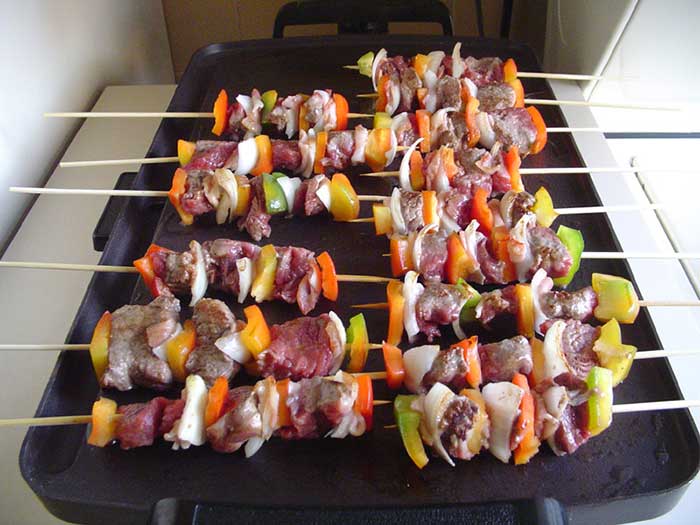
Honduran cuisine is the cuisine of Honduras. It is a fusion of indigenous (Lenca) cuisine, Spanish cuisine, Caribbean cuisine and African cuisine. There are also dishes from the Garifuna people. Coconut and coconut milk are featured in both sweet and savory dishes.
Hondurans usually have a large, hearty breakfast. It typically consists of fried eggs (whole or scrambled), refried beans, Honduran salty sour cream (mantequilla), hard olancho cheese, avocado, sweet fried plantains, and tortillas. It is common for most households to first prepare tortillas, a staple for nearly every dish, which are used throughout the rest of the day
Most common dishes include Sopa de cacacol (Conch soup), fried fish, tamales, carne asada and Baleadas.
8. Nicaraguan cuisine
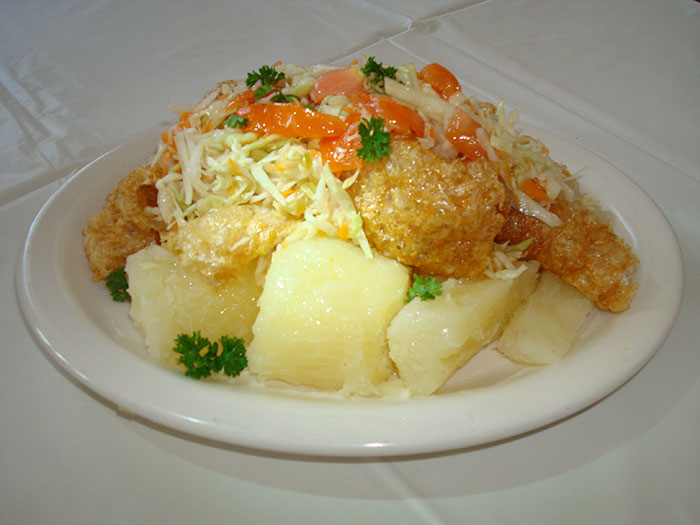
Nicaraguan cuisine is the cuisine of Nicaragua. It includes a mixture of the indigenous Miskito people, Spanish cuisine and Creole cuisine. When the Spaniards first arrived in Nicaragua they found that the Creole people present had incorporated foods available in the area into their cuisine.
Despite the blending and incorporation of pre-Columbian and Spanish influenced cuisine, traditional cuisine differs on the Pacific and the Caribbean coast. While the Pacific coast’s main staple revolves around local fruits and corn, the Caribbean coast’s cuisine makes use of seafood and coconut.
Nicaraguan cuisine consists of Vigoron, Tamales, Lengua, Quesillo, and Carne Pinchada.
9. Shaanxi cuisine
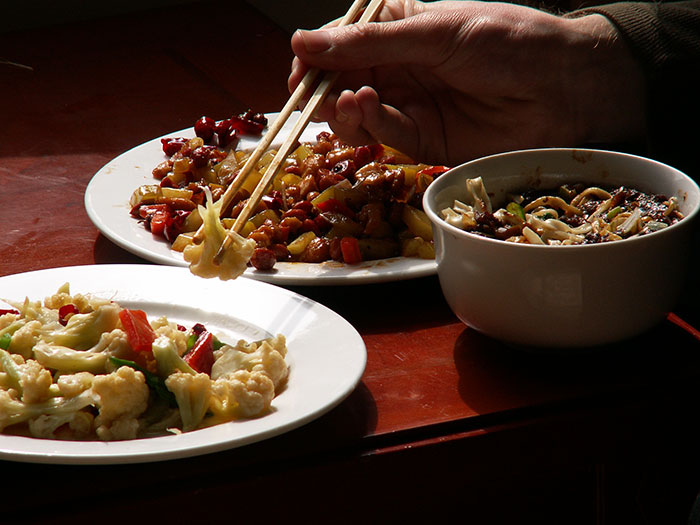
Shaanxi cuisine is derived from the native cooking styles of Shaanxi province and parts of northwestern China. Shaanxi cuisine makes elaborate use of ordinary materials, and is best known for its pork and lamb / mutton dishes.
The flavour is strong and the taste is heavy. There is an emphasis on savoury flavours such as salt, garlic, onion, and vinegar; sugar is seldom used. Cooking methods are mainly steaming, frying, and stir-frying. Due to its geographical location between the provinces of Shanxi and Sichuan, the taste of Shaanxi cuisine resulted in both sour and spicy, in addition to the salty taste.
Shaanxi cuisine includes dumplings, Yangrou paomo, Mutton stew and Lamb.
10. Shandong cuisine
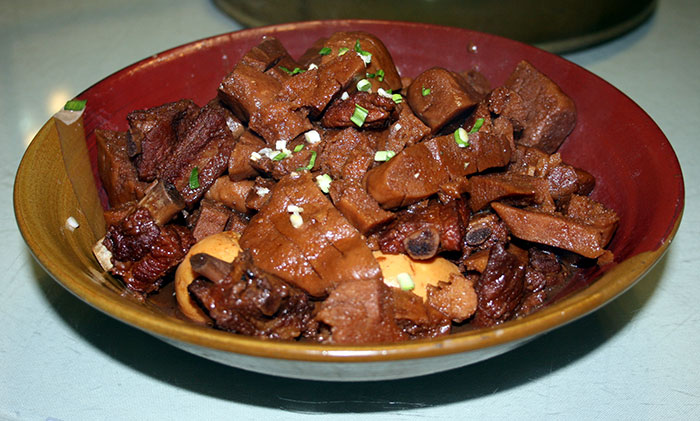
Shandong cuisine is one of the Eight Culinary Traditions of Chinese cuisine and one of the Four Great Traditions. It is derived from the native cooking style of Shandong, a northern coastal province of China.
Shandong cuisine is famous for its wide selection of material and use of different cooking methods. The raw materials are mainly domestic animals and birds, seafood and vegetables. The masterly cooking techniques include quick frying, quick frying with corn flour, stewing, roasting, boiling using sugar to make fruit, crystallizing with honey.
Some popular dishes of Shadong Cuisine are sweet and sour carp, Dezhou stewed chicken, fried pork joint and Red Braised King Prawns.
So have you tried any of these? Reply in the comments section below! 🙂




